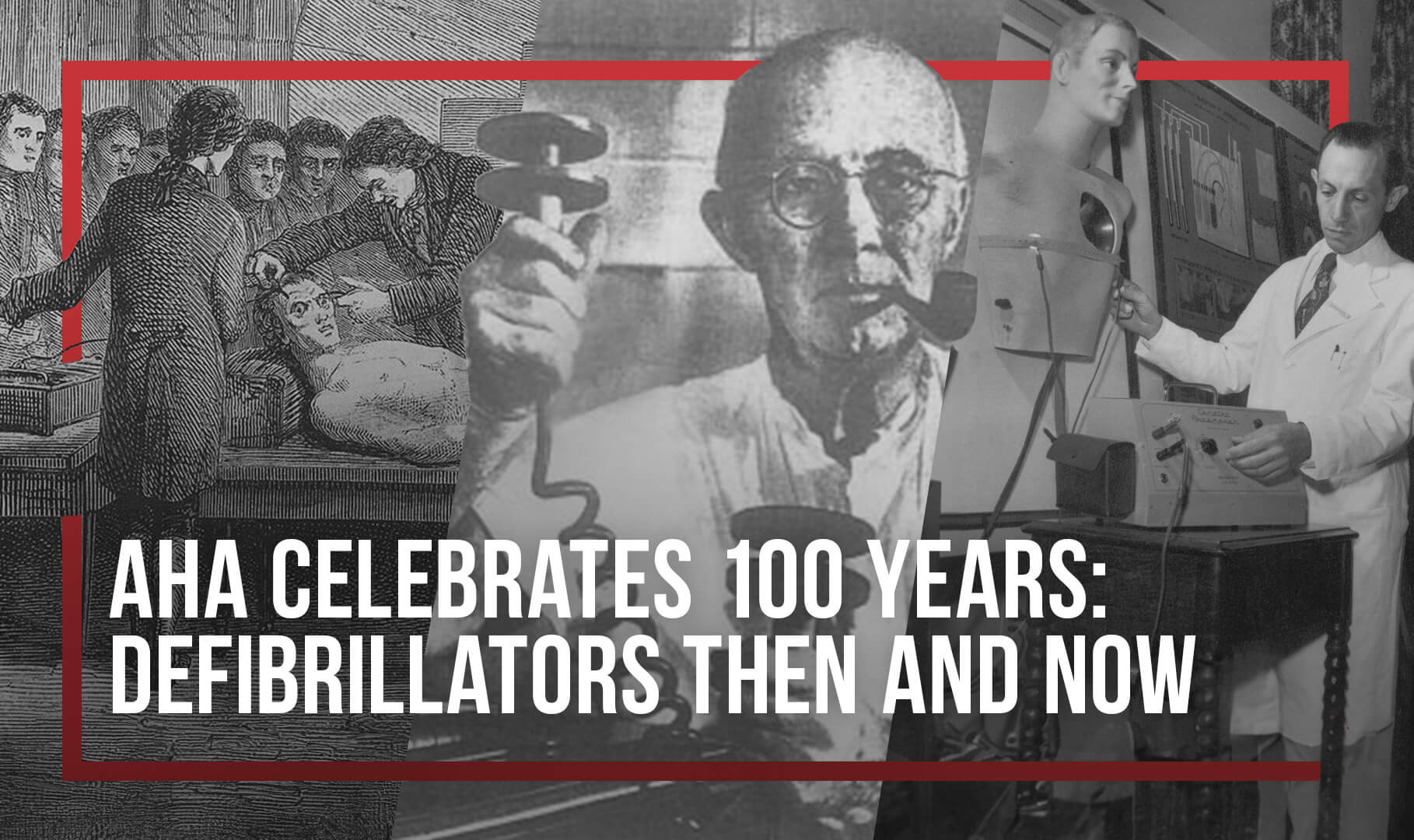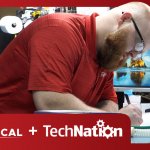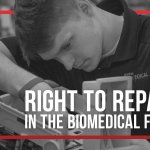
It’s Heart Month again! Every February, the American Heart Association raises awareness for cardiovascular disease prevention and treatment. Heart Month has become a national event, with thousands of businesses joining the charge to help the AHA in this mission. This year is all the more impactful because we also get to celebrate the AHA turning 100 years old! A hundred years ago, the world of cardiac medicine looked very different. The AHA played a vital role in equipping scientists and medical professionals to develop practical techniques for resuscitation. We at ReNew do our part by ensuring that cardiovascular equipment like AEDs and defibrillators are in tip-top shape for lifesaving work. The AED is now universally recognized as an essential tool in reducing fatal outcomes amongst those who suffer from cardiovascular diseases, but it wasn’t always that way.
1700s-1800s: Experiments and Missed Discoveries
Scientists have known for a long time that electric pulses can move muscles. Fictional depictions of what electricity could do to a stopped heart, such as Mary Shelley’s Frankenstein, gripped the public’s imagination. But before science fiction became science fact, a German physiologist, Moritz Schiff, made the groundbreaking discovery in 1874: that massaging a heart during surgery could restore circulation. [source] This soon became a standard medical practice, but the medical community overlooked many other innovations. In 1891, German surgeon Dr. Friedrich Maass advocated for external chest compressions after reviving two young human patients with the technique. [source] In 1899, two physiologists from Switzerland demonstrated how their crude device, similar to a defibrillator, could interrupt and restore a dog’s heart rhythm. [source] As is often the case in science, their small victories were not recognized as a foundation for future world-changing treatments.
1900-1930: Let’s Get Organized
Early in the 20th century, a doctor successfully performed a closed-chest cardiac massage again, but once again, it gained little attention from the medical field. [source] After the founding of the American Heart Association in 1924, cardiovascular treatments received dedicated attention and financial support. An official governing body could examine these experimental techniques that fell between the cracks, run studies to discover their efficacy, and make recommendations to medical professionals.
1930s-early 1950s: Defibs and Chest Compressions, a Match Made in Heaven
The recognition for inventing the external defibrillator, as we know it today, goes to William Kouwenhoven. In 1930, with his students at Johns Hopkins University, this electrical engineer created a device that successfully jumpstarted a dog’s heart externally! Through this process, Kouwenhoven and his team also rediscovered external chest compressions. They succeeded in reviving more than 100 dogs with what would prove to be the most effective method of resuscitation: chest compressions and defibrillation. [source]
The first successful resuscitation of an exposed human heart with an internal defibrillator was performed in 1947 by Dr. Claude Beck on a 14-year-old boy during cardiac surgery. [source] They massaged the heart for 45 minutes while waiting for the enormous defibrillator to arrive to deliver between 300 and 1000 volts to the exposed heart. The boy survived, but this method was far from ideal. Apart from its size, the first defibrillator often caused damage to the cells inside the heart muscles.
mid-1950s-1980s: Improvements in Leaps and Bounds
Over the next two decades, considerable improvements in Kouwenhoven’s external defibrillator led to the first restoration of a healthy rhythm to an arrhythmic heart in 1956. The AHA funded a study to recreate this success reliably. Dr. Paul Zoll, a Harvard cardiologist, is chosen to lead the study. Today, the name Zoll should be very familiar to those who work with AEDs, as his research so profoundly influenced the development of AEDs that one of the largest AED manufacturers uses his name: ZOLL Medical.
At the end of the 1950s, Kouwenhoven and his Johns Hopkins team reached another milestone for resuscitation: the first portable external defibrillator. The Hopkins Closed Chest Defibrillator was a light 200 pounds but still technically portable on its wheeled cart. [source]
In 1960, resuscitation rockstar Kouwenhoven and his team added mouth-to-mouth breathing to their already successful resuscitation technique (chest compressions and defibrillation); this completed the lifesaving trifecta that we now call CPR. The AHA was vital in training physicians to perform effective closed-chest cardiac resuscitation, but this knowledge was still largely unknown to the public. And with defibrillators still weighing 200 pounds, resuscitation was considered a medical procedure, not something that the average person could perform.
But this would soon change. Surprisingly, the turning point in the journey to create the user-friendly AED was the medically complicated internal defibrillator. Over the next few decades, the medical community, empowered by the success of the portable defibrillator, raced to create an even smaller defibrillator that could be implanted in a person’s chest. Defibrillators got smaller and smaller; they began to track heart rhythms and could autonomously decide when to deliver shocks. Finally, in 1980, the first Internal Cardiac Defibrillator (ICD) was implanted into a human, and it remains an invaluable tool in treating people with persistent heart problems.
Meanwhile, programs providing CPR training (chest compressions and mouth-to-mouth) for medical professionals and the public became part of public health initiatives. The AHA played a big part in raising awareness for the lifesaving technique.
1990s-present: Power to the People
While more people than ever were saving lives with chest compressions and mouth-to-mouth, the third member of the resuscitation trifecta was still missing: defibrillation. While defibs had gotten smaller, they still posed risks for side effects that could damage the heart. The 90s saw discoveries of new electric waveforms that, when used in defibrillators, reduced heart damage and required less electricity. Defibrillators could be powered by batteries and be even more portable!
All these gradual improvements by dedicated scientists, health professionals, and advocacy groups led to the logical conclusion of this technology: Automated External Defibrillators. These devices analyze the heart rhythm by themselves, diagnose the shockable rhythms, and provide a shock at the optimal time. This means that no clinical skill is required in their use, allowing laypeople to respond to emergencies effectively.
AEDs are now an essential part of resuscitating victims of cardiac arrest. Thanks to the tireless work of advocacy groups like the AHA, public access defibrillation programs educate the public on the most modern and effective methods of resuscitating victims of cardiac arrest. AEDs can be easily spotted in most public places, empowering the everyday person to be a cardiac victim’s hero. We at ReNew are proud to participate in the AHA’s ongoing mission to reduce the fatalities of cardiac disease by offering AED service and maintenance to keep your AED ready to save a life.










